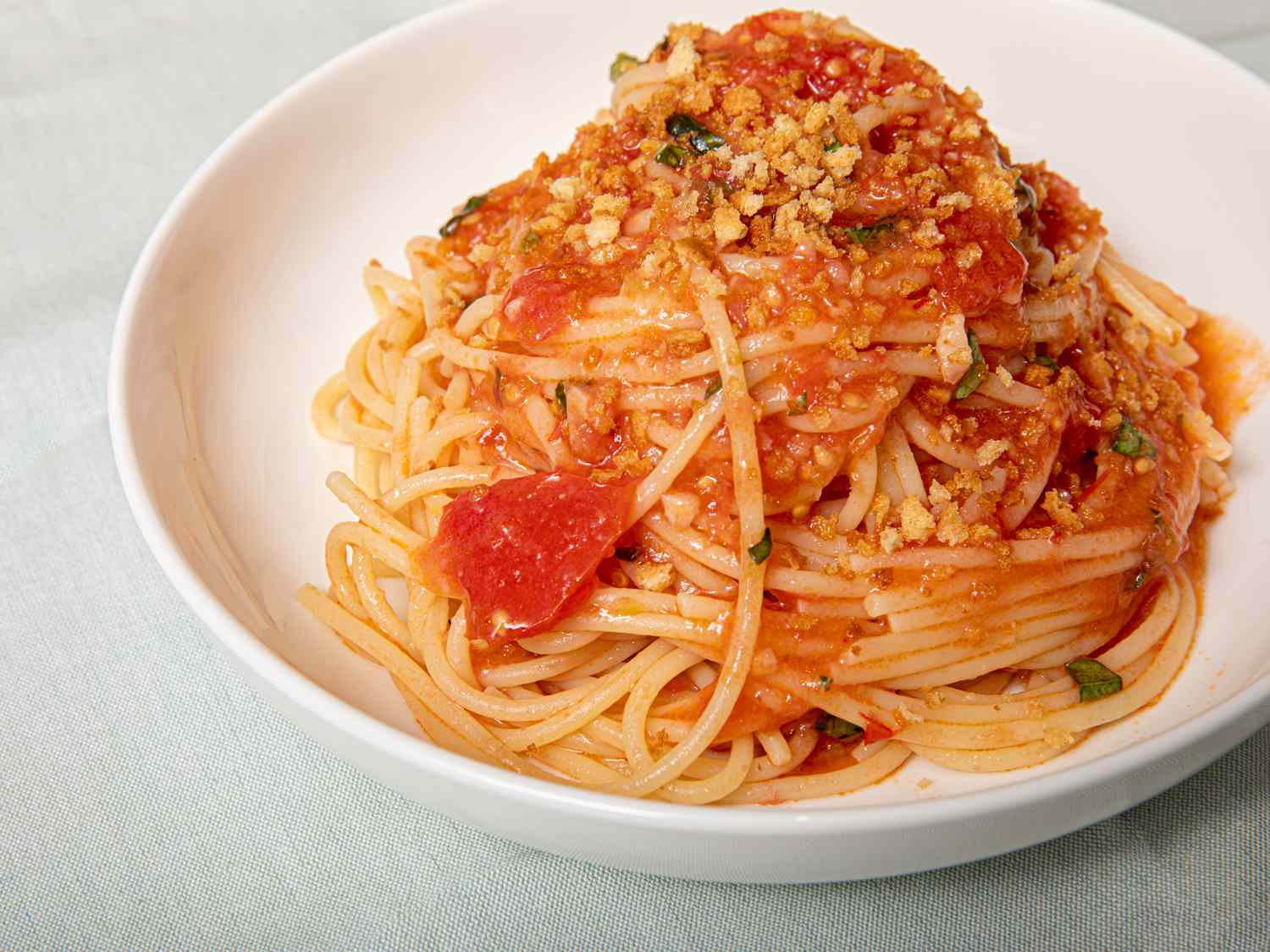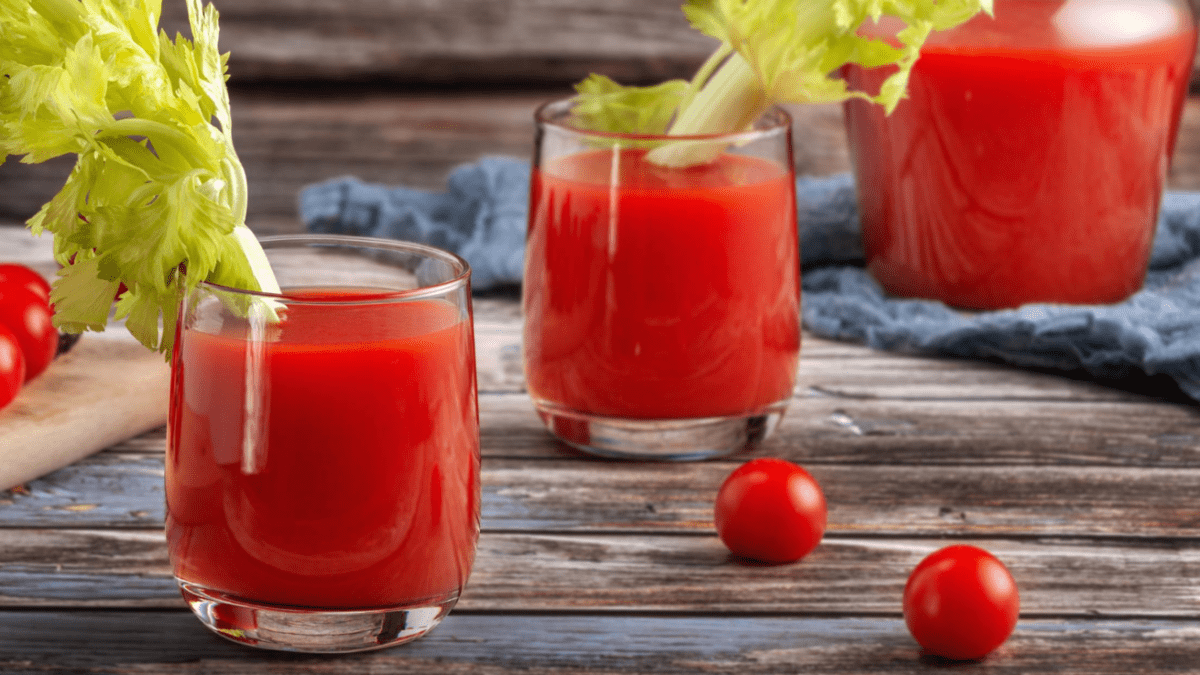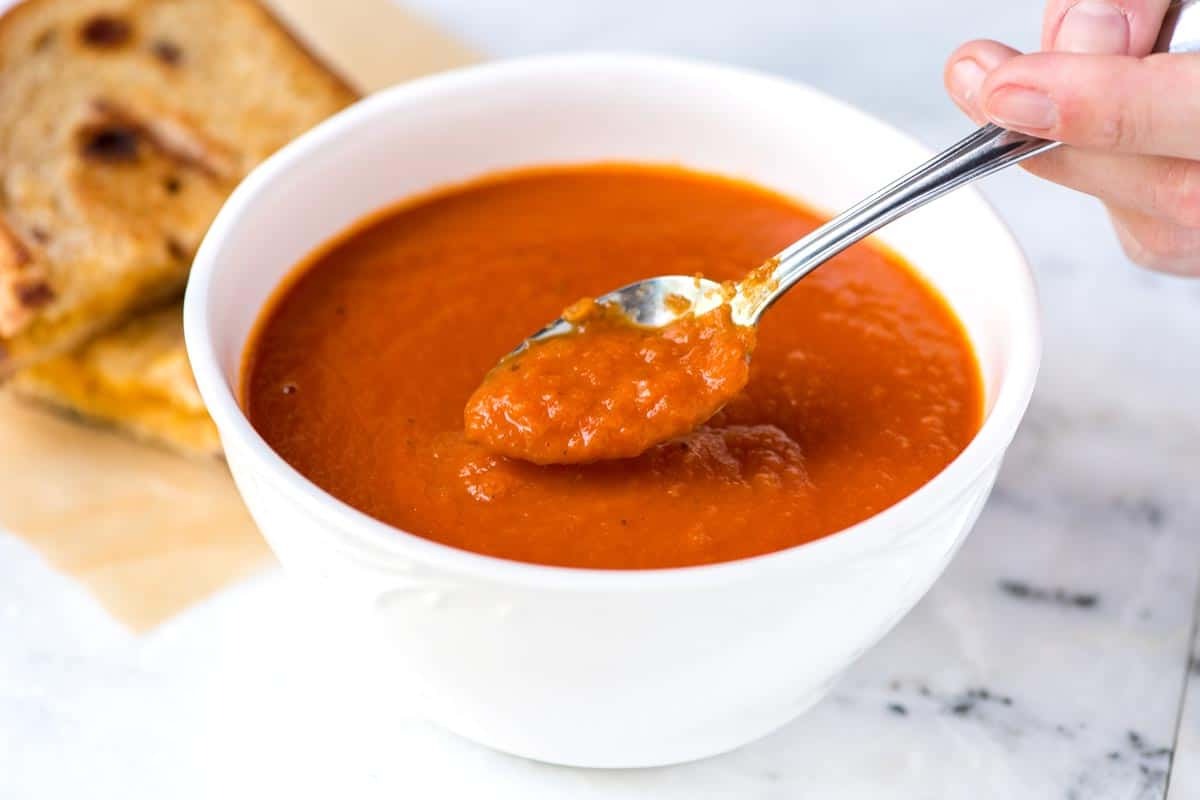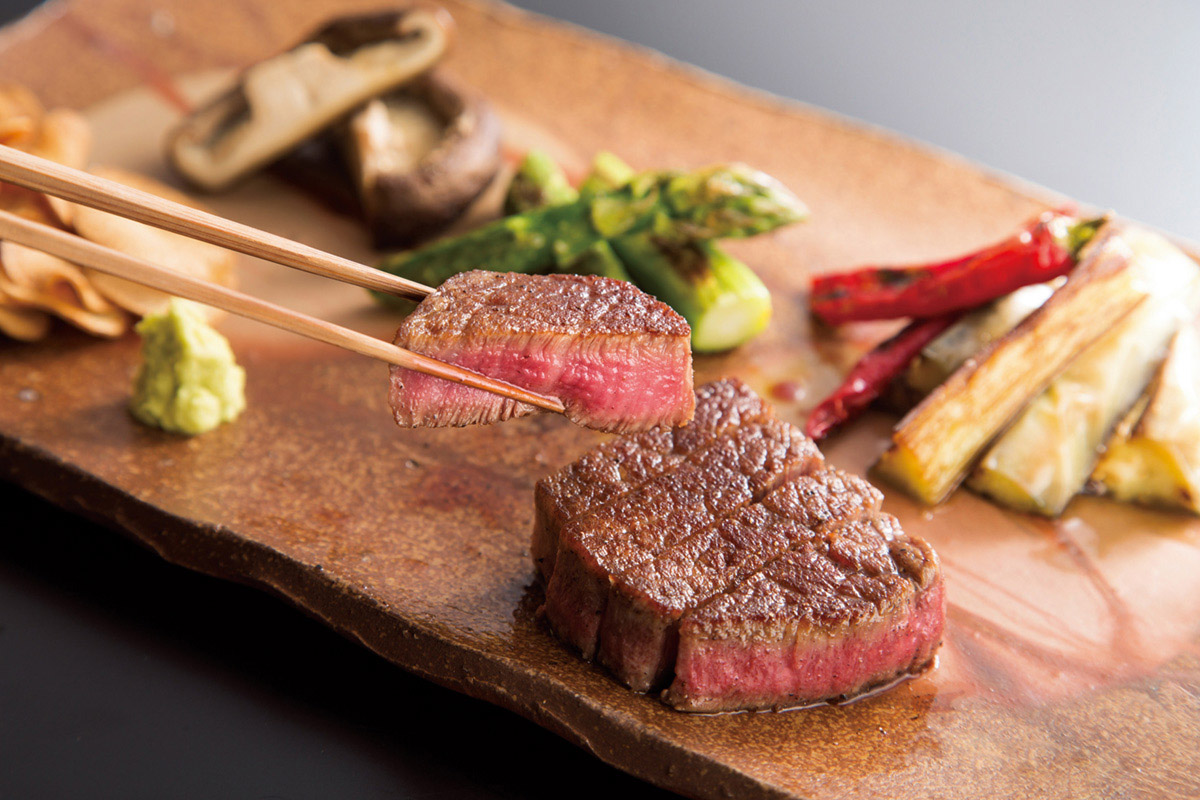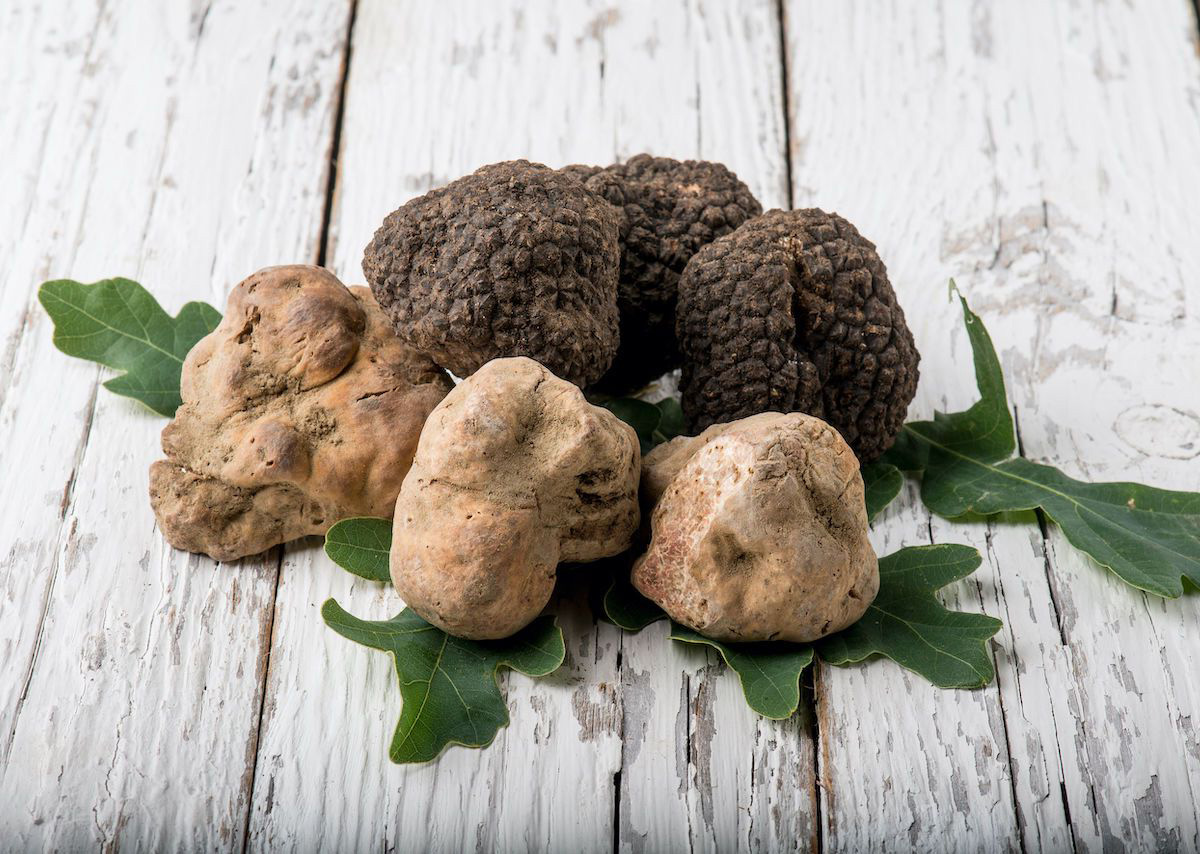Key Lime vs. Regular Lime: Exploring the Differences
When it comes to citrus fruits, limes are a popular choice for adding a zesty kick to dishes and drinks. However, not all limes are created equal. In fact, there are distinct differences between key limes and regular limes that set them apart in terms of flavor, appearance, and culinary uses. Let's delve into the unique characteristics of each to understand what sets them apart.
Key Lime:
1. Size and Appearance:
- Key limes are smaller and rounder than regular limes.
- They have thin, smooth, and yellowish-green rinds.
2. Flavor Profile:
- Key limes are known for their distinctively tart and aromatic flavor.
- They have a higher acidity level compared to regular limes, which contributes to their unique taste.
3. Culinary Uses:
- Key limes are a key ingredient in the famous Key Lime Pie, a beloved dessert with a tangy and refreshing flavor.
- They are also used in marinades, salad dressings, and cocktails to add a bright and citrusy twist.
Regular Lime:
1. Size and Appearance:
- Regular limes are larger and oval-shaped with thicker, bright green rinds.
- They are the most commonly found variety in grocery stores.
2. Flavor Profile:
- Regular limes have a milder and slightly sweeter taste compared to key limes.
- They are often used to add a citrusy kick to a wide range of dishes, from savory to sweet.
3. Culinary Uses:
- Regular limes are a staple in Mexican, Thai, and Indian cuisines, where they are used in salsas, curries, and beverages.
- They are also popular for making limeade, a refreshing and tangy drink perfect for hot summer days.
Key Lime vs. Regular Lime: Which Should You Choose?
When it comes to choosing between key limes and regular limes, it ultimately depends on the flavor profile you're aiming for in your culinary creations. If you're looking for a more intense and tangy citrus flavor, key limes are the way to go. On the other hand, if you prefer a milder and slightly sweeter taste, regular limes are the perfect choice.
In conclusion, while both key limes and regular limes belong to the citrus family and share some similarities, their differences in size, flavor, and culinary uses make them unique in their own right. Whether you're whipping up a Key Lime Pie or squeezing some lime juice over a savory dish, understanding the distinctions between these two varieties can elevate your culinary adventures with a burst of citrusy goodness.
Was this page helpful?
Read Next: What Is Ixtapa Beef

